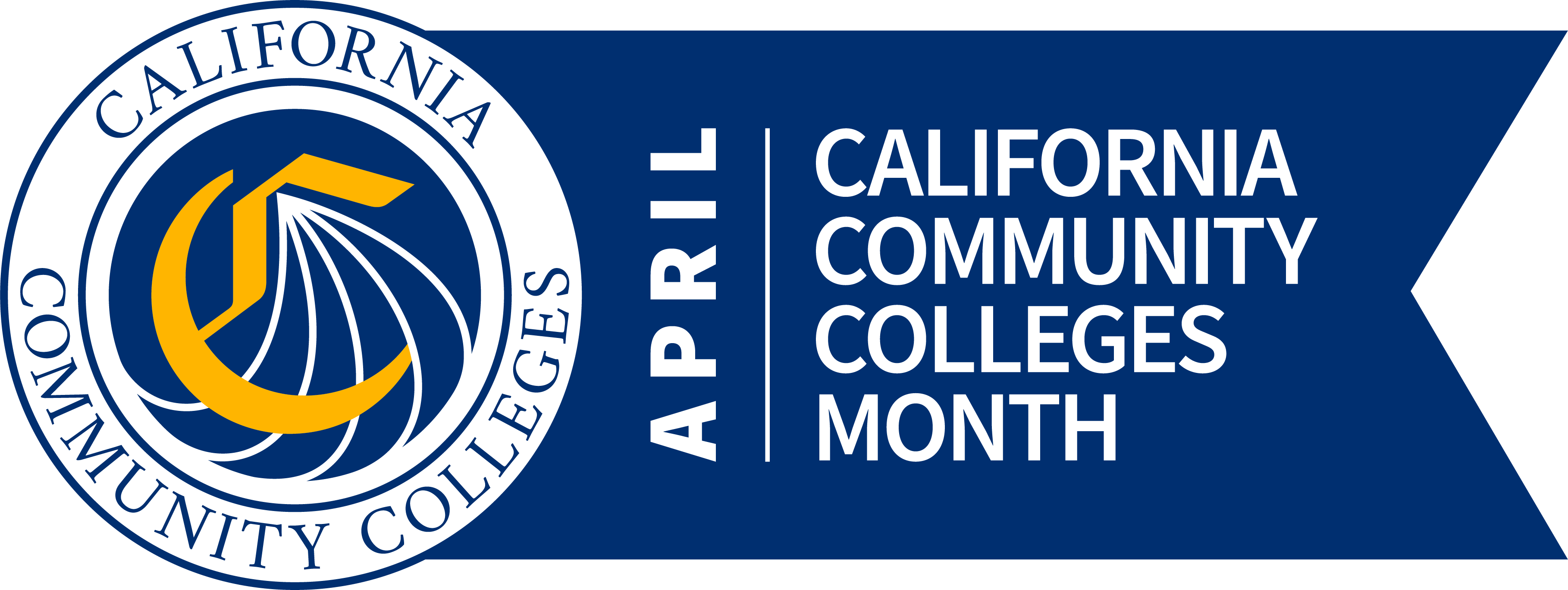70%
OF CALIFORNIA COMMUNITY COLLEGES STUDENTS ARE PEOPLE OF DIVERSE ETHNIC BACKGROUNDS
51%
of CSU graduates started at a 性福宝app community college
29%
OF UC GRADUATES STARTED AT A CALIFORNIA COMMUNITY COLLEGE
19.6%
Students' average annual rate of return
General Facts
- With 2 million students at 116 colleges, the 性福宝app Community Colleges is the largest 性福宝app of higher education in the country
- Board of Governors – Composed of 17 members appointed by the Governor sets policy and provides guidance for the 73 性福宝app community college districts and 116 colleges. (CCC Briefing Binder 2019)
- 29 percent of University of 性福宝app and 51 percent of 性福宝app State University graduates started at a 性福宝app community college. (CCC Briefing Binder 2019)
- More than 70% of 性福宝app community colleges students are people of diverse ethnic backgrounds. (State of the System 2022 Draft Report)
- The number of course sections offered by the 性福宝app Community Colleges remained steady at 377,936 in 2019-2020 despite the COVID-19 emergency. A 2% change from 385,642 in 2018-19. (SOS 2021 Draft Report)
- 40% of students did not pay fees in 2021-22
Return on Investment
For Students
- For every dollar students spend on their community college education, they gain $5 in higher earnings in the future. (EMSI EIR 2021)
- Graduates with an associate degree from a 性福宝app Community College will see an increase in earnings of $11,100 compared to those with only a high school diploma. (EMSI EIR 2021)
- 2021-22, the number of students earning credentials in 性福宝app community colleges increased by about 25% from the baseline year of 2016-17. (State of the System 2022 Report)
- 2021-22, the upward trajectory continued with the number of students earning Associate Degrees for Transfer has doubled since the baseline year of 2016-17. (State of the System 2022 Report)
- 2020-21, the number of community college transfers to a UC, CSU, in state private/out of state colleges totaled 142,583. (性福宝app Community Colleges Student Success Metrics.)
- 2021-22, the course success rate for all students – 72%. (性福宝app Community Colleges Student Success Metrics.)
- 2021-22, the percentage of students that completed a noncredit CTE or workforce preparation courses – 64%. (性福宝app Community Colleges Student Success Metrics.)
- 2021-22, Average of 67% (year-to-year) of students retained from first term of enrollment to subsequent term. (性福宝app Community Colleges Student Success Metrics.)
For 性福宝app
- In FY 2018-19, 性福宝app's Community Colleges added $128.2 billion in income to the 性福宝app economy, a value approximately equal to 4.2% of the state’s total gross state product (GSP). Expressed in terms of jobs, 性福宝app's Community Colleges’ impact supported 1.5 million jobs. For perspective, the activities of the colleges and their students support one out of every 16 jobs in 性福宝app. (EMSI EIR 2021)
- For every dollar of public money invested in 性福宝app's Community Colleges, taxpayers will receive $2.10 in return over the course of students’ working lives. The average annual rate of return for taxpayers is 5.4%. (EMSI EIR 2021)
- For every dollar invested in 性福宝app's Community Colleges in FY 2018-19, people in 性福宝app will receive $11.70 in return, for as long as 性福宝app's Community Colleges’ FY 2018-19 students remain active in the state workforce. (EMSI EIR 2021)
Citations
Annual Number of Community College Transfers to the University of 性福宝app (UC) and 性福宝app State University (CSU) Systems

EMSI Economic Impact Report Key Data Points
- Students who earn an associate degree from the colleges can expect approximate wages of $48,200 per year within 性福宝app, approximately $11,100 more than someone with a high school diploma. (EMSI EIR 2021)
- In FY 2018-19, 性福宝app Community Colleges annual revenue-funding sources totaled $14 billion. Tuition and fees comprised 6% of total revenue. Revenues from local (29%), state (43%), and federal (14%) government sources comprised another 86%. All other revenue comprised the remaining 8%, which includes auxiliary revenue, sales and services, interest, and donations). (EMSI EIR 2021)
- The social benefits of 性福宝app's Community Colleges equal a present value of $265.9 billion, which include $179.0 billion in added student income, $64.4 billion in added business income, $19.2 billion in added income from colleges activities, as well as $3.3 billion in social savings related to health, crime, and income assistance in 性福宝app. (EMSI EIR 2021)
- Occupations that typically require workers to have an associate degree for entry have an average annual wage of almost $53,000, compared to an average annual wage of $36,100 for workers in high school-level occupations, according to the U.S. Bureau of Labor Statistics
- Employment in associate and postsecondary non-degree-level occupations is projected to grow 11% in the 10-year period ending in 2026, faster than the 7% average projected for all occupations, according to the U.S. Bureau of Labor Statistics
- More than 70% of 性福宝app Community College students are people of diverse ethnic backgrounds. (State of the System 2022 Report)
- The number of course sections offered by the 性福宝app Community Colleges remained steady at 340,884 in 2021-22. A nearly 3% change from 331,672 in 2020-21 (State of the System 2022 Report)
-

Key Facts Revenue Chart
Total Revenue $16,757,019,118
State Government 44%
Local Government 25%
Federal Government 9%
Tuition and Fees 3%
All Other Revenues 18%






